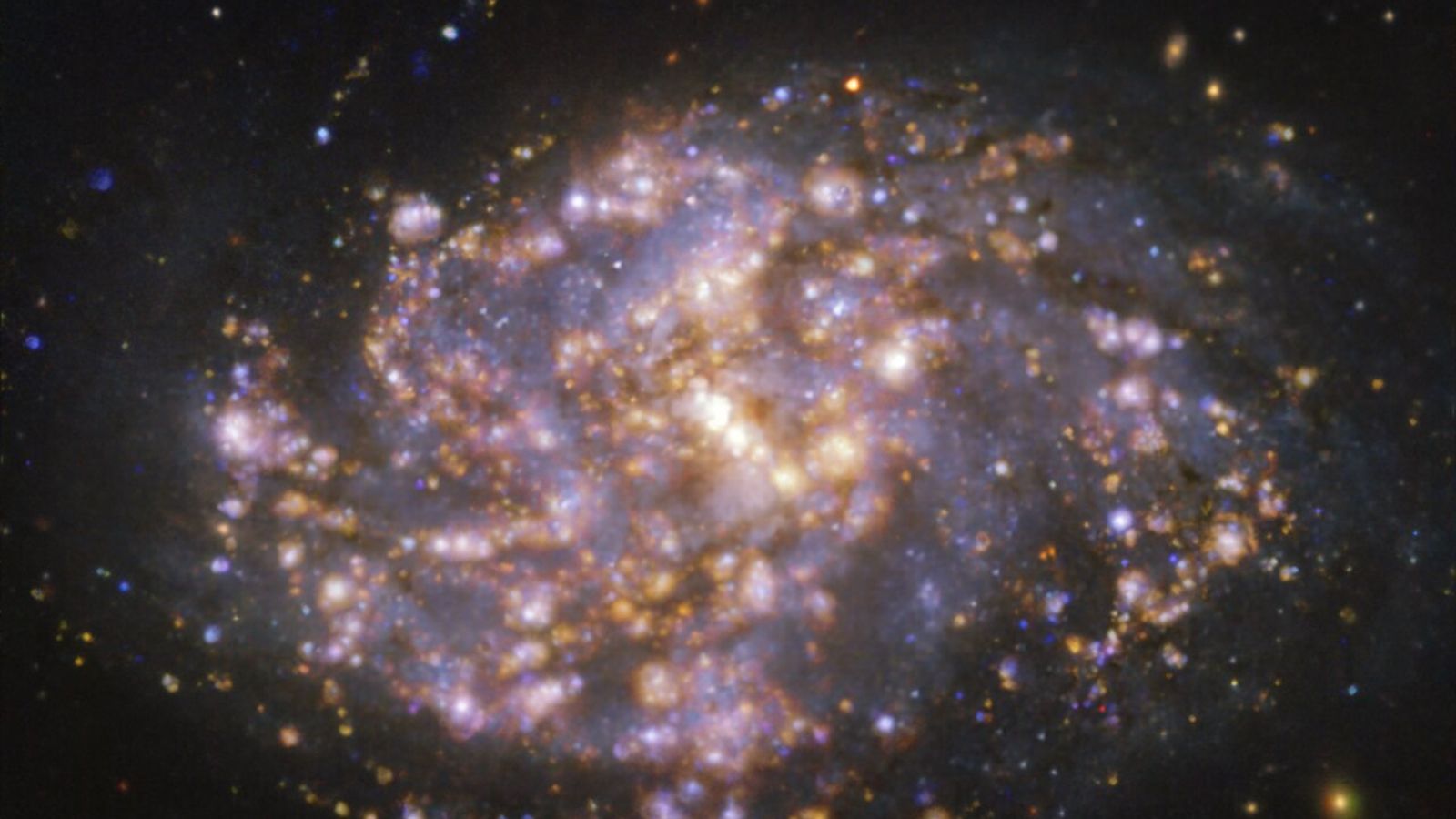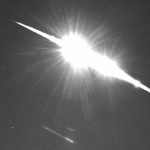Astronomers have released a range of images revealing details of our nearest galactic neighbours, where the birth of new stars resembles cosmic fireworks.
The images, showing different components of the galaxies in distinct colours, were captured by the European Southern Observator’s Very Large Telescope (VLT) array – an observatory high in the Atacama Desert of northern Chile.
Crucially, the different colours allow astronomers insight as to what triggers gas to form stars, something which is known to happen, although how it begins remains a mystery.
The team of researchers observed numerous nearby galaxies with powerful telescopes, based both on the ground such as ESO’s VLT, and in space, to examine them for stellar births.
“For the first time we are resolving individual units of star formation over a wide range of locations and environments in a sample that well represents the different types of galaxies,” said Eric Emsellem, an astronomer at ESO in Germany.
“We can directly observe the gas that gives birth to stars, we see the young stars themselves, and we witness their evolution through various phases.”
He and his team have released images captured by the Multi-Unit Spectroscopic Explorer (MUSE) instrument on the VLT array, using it to trace new-born stars and the tell-tale warm gas around them, indicating star births.
The MUSE images are also being combined with others taken by the Atacama Large Millimetre Array (ALMA) telescope to examine the galactic regions where star formation is happening and compare that data with where star formation is expected to be happening.
This will enable scientists to understand what triggers the birth of new stars and identify the variables that gives those births a push or restrains them.
“There are many mysteries we want to unravel,” said Kathryn Kreckel from the University of Heidelberg in Germany.
“Are stars more often born in specific regions of their host galaxies – and, if so, why? And after stars are born how does their evolution influence the formation of new generations of stars?”






















